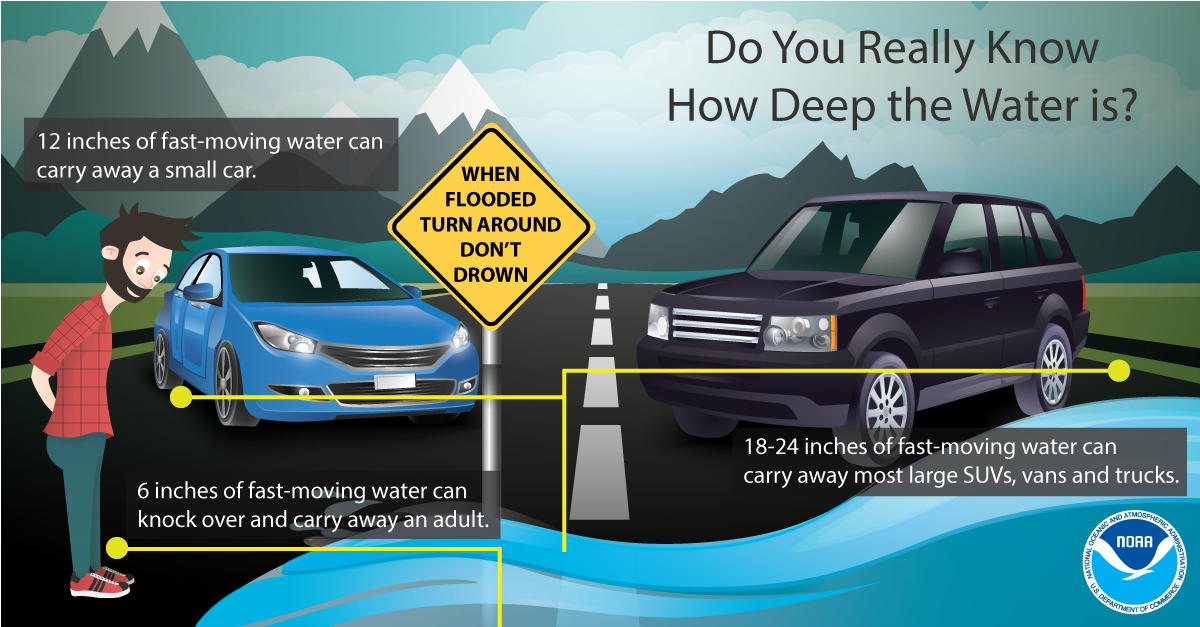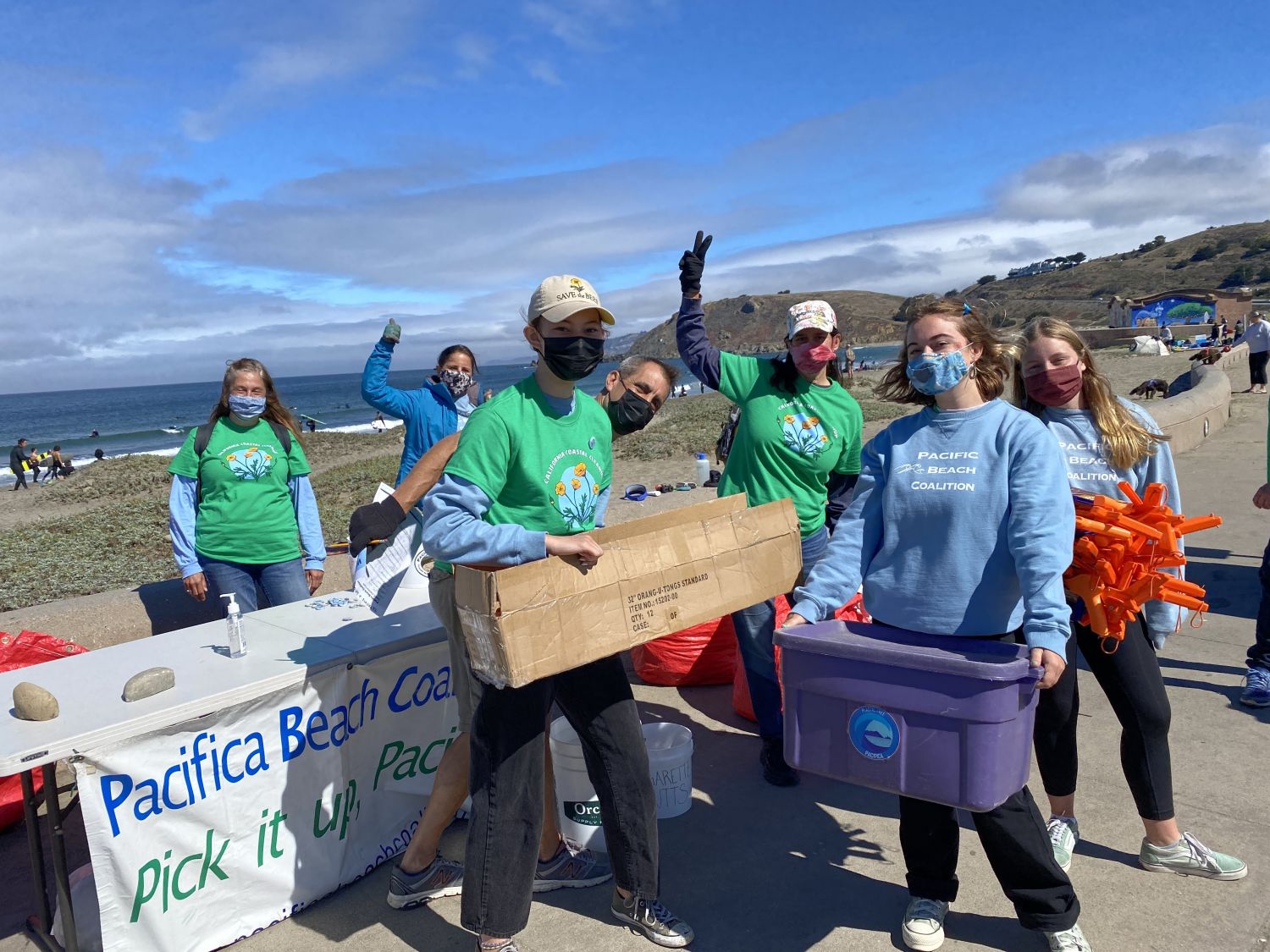Flood Warning: Stay Safe With NWS Flood Safety Tips

Table of Contents
Understanding Flood Warnings and Watches
It's vital to understand the difference between a flood watch and a flood warning. Knowing the distinction allows you to respond appropriately and take timely action to protect yourself and your property. Misinterpreting these alerts can lead to dangerous situations.
-
Flood Watch: A flood watch means that conditions are favorable for flooding. While flooding is not imminent, it's possible. This is the time to prepare. Review your family's evacuation plan, check your emergency supplies, and monitor weather reports closely.
-
Flood Warning: A flood warning indicates that flooding is occurring or is imminent. This is not a time to wait and see. You must take immediate action to protect yourself and your family. Evacuation may be necessary.
-
Flash Flood Warning: A flash flood warning signifies a sudden and rapid flood, often with little to no warning. Seek higher ground immediately. This is the most dangerous type of flood event.
To receive timely flood warnings and other crucial weather alerts from the NWS, utilize these resources:
- NOAA Weather Radio: A dedicated weather radio provides continuous broadcasts, including flood warnings, watches, and other emergency alerts.
- Smartphone Apps: Download the NOAA Weather app or other reputable weather apps that provide real-time alerts for your location. Many apps offer customizable alerts, allowing you to receive notifications for specific weather events like flood warnings.
- NWS Website: Regularly check the National Weather Service website (weather.gov) for updated forecasts and warnings in your area.
Preparing for a Flood
Preparation is key to surviving a flood. Proactive steps can significantly reduce the risk to you and your family. Developing a comprehensive flood preparedness plan should be a priority for every household.
-
Family Communication Plan: Designate an out-of-area contact person who family members can contact in case of separation during a flood. Establish meeting points in case you are evacuated.
-
Flood Emergency Kit: Assemble a kit containing essential supplies: water (one gallon per person per day for several days), non-perishable food, a first-aid kit, medications, copies of important documents (insurance, identification), flashlights, batteries, and a battery-powered radio.
-
Identify Flood Risks: Assess your home and neighborhood for potential flood risks. Low-lying areas, near rivers, streams, or drainage channels are particularly vulnerable.
-
Additional Preparedness Steps:
- Develop and practice an evacuation route.
- Know the location of your nearest evacuation shelter.
- Elevate valuable possessions to prevent damage.
- Consider purchasing flood insurance, even if you're not in a high-risk area. Standard homeowner's insurance typically does not cover flood damage.
Actions to Take During a Flood Warning
When a flood warning is issued, immediate action is crucial. Your safety is paramount. Do not delay; acting quickly can be the difference between safety and danger.
-
Evacuate: If instructed to evacuate by authorities, do so immediately. Do not hesitate. Follow designated evacuation routes.
-
Turn Around, Don't Drown: Never drive or walk through flooded areas. The depth of water may be deceiving, and even a small amount of water can sweep a vehicle away.
-
Seek Higher Ground: Move to higher ground immediately if you are unable to evacuate your home.
-
Avoid Hazards: Stay away from downed power lines and other electrical hazards. Floodwaters can be electrically charged.
-
Stay Away from Floodwaters: Floodwaters are often contaminated with sewage, chemicals, and debris. They can also contain hidden dangers like sharp objects or unstable ground.
Protecting Your Property During a Flood
While protecting your life is the top priority, taking steps to protect your property can help minimize losses.
-
Sandbags: If time permits and you're allowed to, use sandbags to protect your home's entry points.
-
Move Valuables: Move valuable possessions to higher floors or a safe location.
-
Document Damage: Take photographs and videos of your property before and after the flood for insurance purposes. This documentation will help in your claims process.
Recovering After a Flood
After the floodwaters recede, the recovery process begins. Safety remains a primary concern, even after the immediate danger has passed.
-
Safety Precautions: Wear protective gear (boots, gloves, masks) when cleaning up. Floodwater can be contaminated.
-
Avoid Contact with Floodwater: Do not wade through floodwaters. The water may be contaminated, and the ground may be unstable.
-
Report Damage: Report any damage to your local authorities. This helps them assess the overall impact and provide necessary assistance.
-
Contact Insurance: Contact your insurance company to report the damage and begin the claims process.
Conclusion
Staying safe during a flood warning requires preparedness and swift action. By understanding the difference between a watch and a warning, preparing an emergency plan, and following safety guidelines from the NWS, you can significantly reduce the risks associated with flooding. Remember, your life is invaluable; heed flood warnings seriously and prioritize your safety and the safety of your family. Don't wait for a flood warning to be issued – take proactive steps to prepare for potential flooding in your area. Learn more about flood safety and how to prepare for a flood warning at [link to NWS website].

Featured Posts
-
 This Dad Rowed To Raise 2 2 Million For His Sons Life Saving Treatment
May 25, 2025
This Dad Rowed To Raise 2 2 Million For His Sons Life Saving Treatment
May 25, 2025 -
 Your Dream Country Escape Awaits Finding The Perfect Rural Haven
May 25, 2025
Your Dream Country Escape Awaits Finding The Perfect Rural Haven
May 25, 2025 -
 Mercedes Needs To Re Sign George Russell One Scenario Could Change Everything
May 25, 2025
Mercedes Needs To Re Sign George Russell One Scenario Could Change Everything
May 25, 2025 -
 Zheng Qinwen Reaches Italian Open Semifinals Analyzing Her Success
May 25, 2025
Zheng Qinwen Reaches Italian Open Semifinals Analyzing Her Success
May 25, 2025 -
 Myrtle Beach Cleanup Volunteers Needed
May 25, 2025
Myrtle Beach Cleanup Volunteers Needed
May 25, 2025
